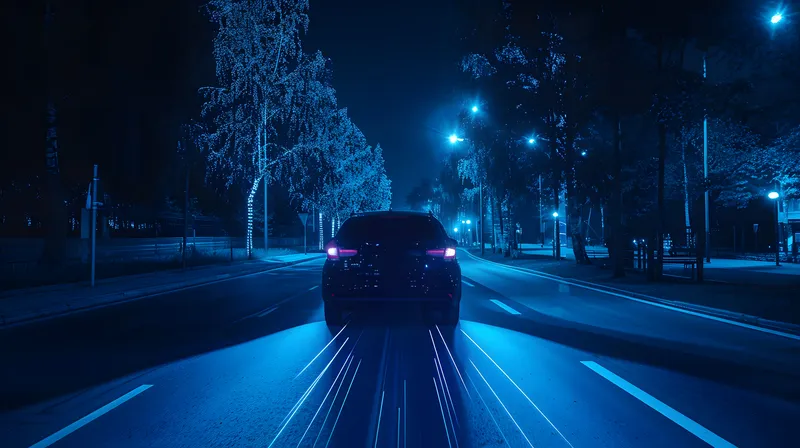5574 Traficon has announced the TrafiCam Collect-R as a cost-effective and reliable solution that combines the benefits of video detection with state-of-the-art CMOS sensor technology, to collect traffic data, detect queues and emulate or simulate loops on highways and inter-urban roads. As Dieter Cosaert, Product Manager at Traficon, explains: "With this all-in-one sensor you don't need to buy a dedicated camera and you still get the benefits of intelligent video detection technology. So you can get direct visual feedback on how accurate your detection system works. What you see is what you get." TrafiCam Collect-R provides all relevant traffic data such as volume, speed, occupancy and classification on multiple lanes, by day and night and in all weather conditions. Depending on sensor positioning (overhead/side-fired) it can cover up to four lanes. Data is provided for each lane and each vehicle class and can be retrieved locally or remotely.










